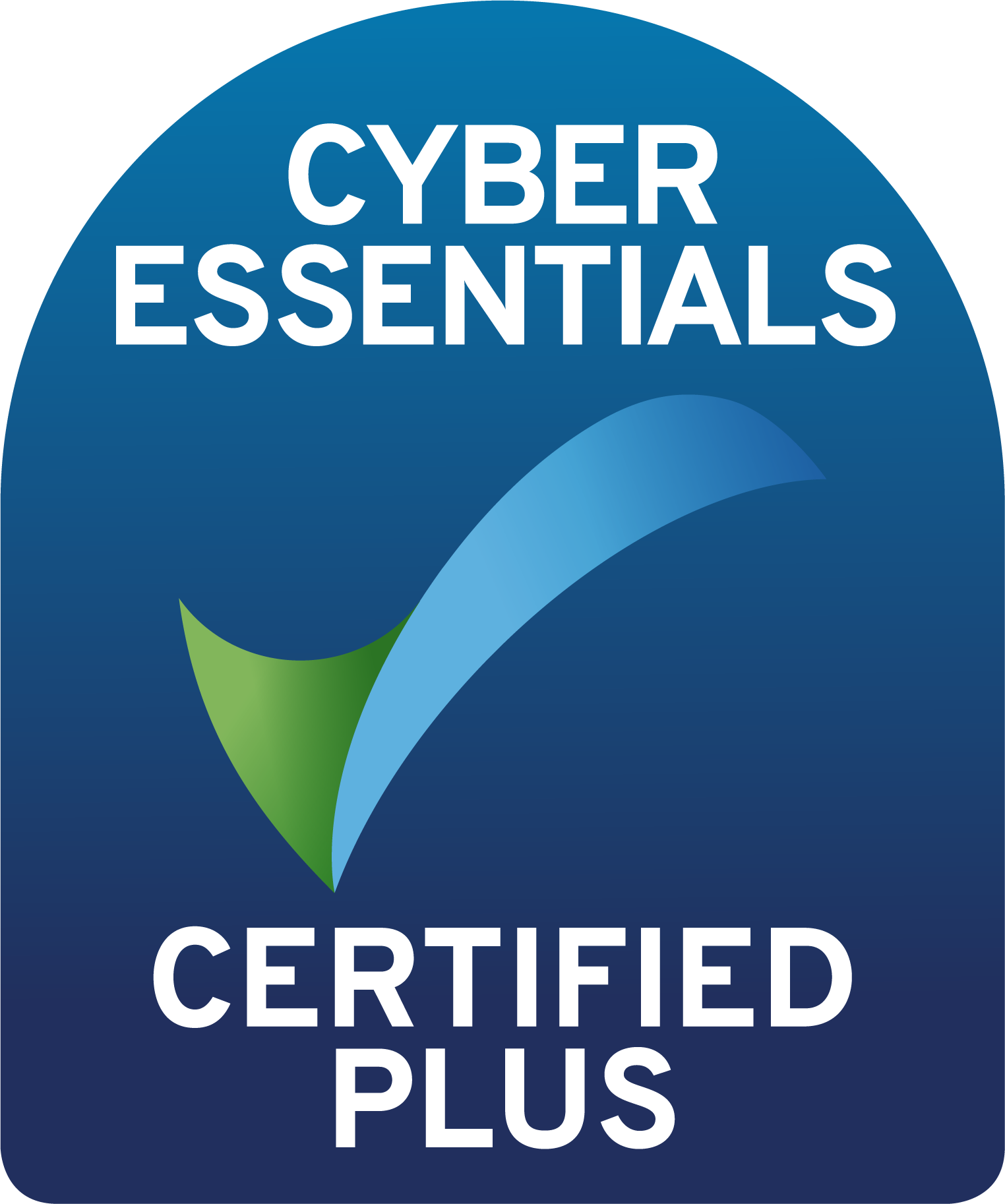
Public Register criteria
We include companies on the Public Register if:
- they were a constituent of the FTSE All-Share Index when the company held an AGM or GM
- a resolution at the meeting received 20% or more votes against*
- a resolution at that meeting was withdrawn between announcing the Notice of Meeting and the end of the meeting.
*The GC100 and Investor Group Directors' Remuneration Reporting Guidance 2016 states that, as a guideline, a vote against of 20% should be treated as significant.
Information displayed
The Register shows the following information:
-
Key details about the resolution (title, meeting date etc).
-
Results of the shareholder vote (percentage of votes cast for and against, number of votes withheld, and percentage of the issued share capital voted).
- A link to the AGM/GM results, including any statement made by the Board in response to the significant vote against at the time of the meeting – as required under provision E.2.2. of the UK Corporate Governance Code.
- A link to any further announcements by the company in response to the dissent, including shareholder views and what the company has done or plans to do.
Update
The Public Register includes data for AGM and GMs from 2017 onwards. We update the Register regularly and without notice. You can find the date of the last update on the main Public Register page.
Repeated Dissent criteria
We include a company on the Repeated Dissent list if they appear on the Public Register for two consecutive years for the exact same resolution.
We won’t include companies on the Repeated Dissent list that delist following their inclusion on the Public Register.
Contact details
Companies can notify the IA of any public statements they make relating to a shareholder vote, by emailing [email protected] with a link to the announcement.
For any further questions on our methodology or approach, email [email protected]. For media enquiries email [email protected]
Notes on methodology
Scope
The Public Register covers the constituents of the FTSE All-Share Index. This covers approximately 98% of the UK’s market capitalisation and, under the Listing Rules, requires all companies with a Premium Listing of equity shares in the UK to report on how they’ve applied the UK’s Corporate Governance Code in their annual report and accounts. The Public Register covers any meetings (AGMs or GMs) of companies if they’re a constituent of the All-Share Index at the time of the meeting.
Data
We’ve sourced meeting results data from the National Storage Mechanism (provided by Morningstar) and from company websites.
Shareholder dissent and Board recommendations
The Public Register lists companies that have a 20% or higher vote against the Board recommendation for that vote, irrespective of whether the Board recommendation is for or against.
Public Statements
The following explains the designation of ‘Yes’ and ‘No’ in the last two columns of the Public Register.
All statements should be provided via RNS or announced on the company’s website. Where a subsequent meeting seeks to address a specific issue, the statement may be included in the Notice of Meeting. The Register will not make editorial judgements regarding the content or quality of any public statements.
Q1 – ‘Statement in results?’
Full Question: When announcing the results of voting, has the company made a statement explaining what action it intends to take to understand the reasons behind the vote result?
To provide data for this question, we analysed the results of the company meeting for any mention of the company’s future actions to be taken subsequent to the vote result relating to the significant vote against. If this is included in a separate announcement, it will be noted on the Register.
Companies included on the Register can provide additional public statements about significant votes against or withdrawn resolutions. Where a subsequent meeting seeks to address a specific issue, the statement may be included in the Notice of Meeting. A link to this public statement is included in the adjacent column. The Register will not make editorial judgements regarding the content or quality of any public statements.
Q2 – ‘Update statement?’
Full Question: Has the company made a statement outlining the action taken following the vote result and the outcomes of this action?
The Public Register provides companies with the opportunity to highlight to investors and other stakeholders the steps they have taken to engage with shareholders and understand their views in relation to the high vote against, as set out by the 2018 UK Corporate Governance Code.
We’ve produced guidance for companies, setting out what investors would like to see from these update statements. You can find this guidance here.
Withdrawn Resolutions
Withdrawn resolutions
Withdrawn resolutions are those announced in a company’s Notice of Meeting, but subsequently withdrawn before the end of the meeting. We’ve included withdrawn resolutions on the Register to provide a full picture of activity that’s affected a meeting and its outcomes. We don’t include resolutions withdrawn due to the death of a director on the Register.
Q1 – ‘Statement in Results?’
Full Question: Has the company explained why the resolution was withdrawn, either when announcing the results of voting, or in a separate announcement at the time?
For this question, we’ll include a statement in either the results of the meeting and any separate announcement explaining why the resolution was withdrawn.
Q2 – ‘Additional Statement?’
Full Question: Has the company noted what action it has taken following the withdrawal of the resolution and the outcomes of this action?
In some cases, a company will take action in response to shareholder views that caused it to withdraw the resolution. A statement, outlining the company’s action following the withdrawal of the resolution, can be included on the Register in the same way.
For further questions on our methodology or approach email [email protected].





